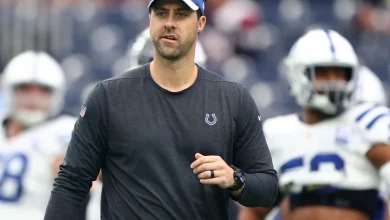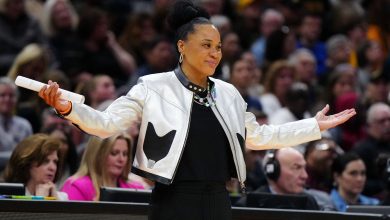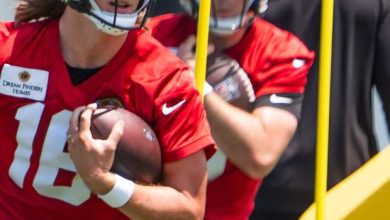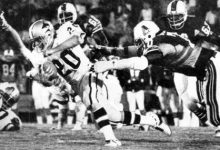The Dodgers release veteran Chris Taylor, ending a memorable tenure and continuing their roster overhaul with eyes on younger, versatile talent.
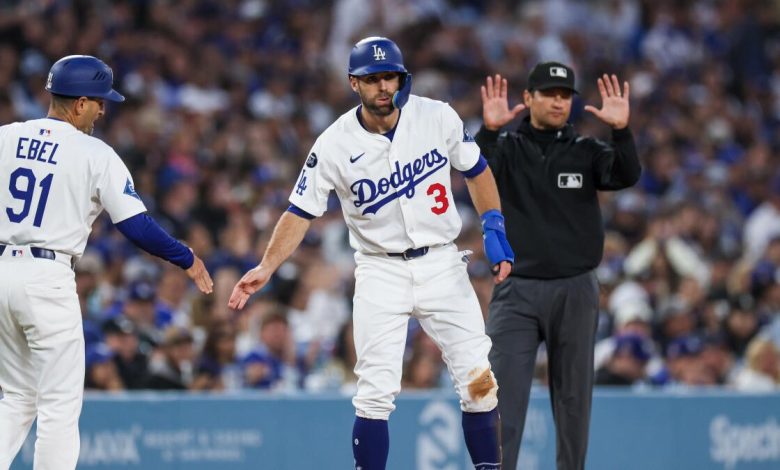
In a move that signals a changing of the guard in Los Angeles, the Dodgers have released veteran utility man Chris Taylor, parting ways with one of the most versatile and beloved players of the last decade. The decision, though not entirely unexpected given Taylor’s recent struggles and the Dodgers’ emphasis on younger talent, marks the end of a memorable chapter in the club’s recent history.
Chris Taylor’s release closes the book on a player who embodied the Dodgers’ identity—versatile, gritty, and clutch. For nearly a decade, Taylor played everywhere, did everything, and often made the difference when it mattered most. His departure represents more than just a roster move; it’s a symbolic transition toward the franchise’s next phase.
A Swiss Army Knife No More
Taylor arrived in Los Angeles in 2016 via a relatively low-profile trade with the Seattle Mariners. Few could have predicted at the time that the move would become one of the great front-office heists of the decade. At the time of the trade, Taylor was a marginal utility infielder. Under the guidance of the Dodgers’ development staff, he blossomed into a postseason hero and everyday contributor.
Over the next several seasons, Taylor became the definition of a “glue guy.” He played every outfield position and all over the infield, often rotating positions mid-game based on matchups and injuries. More importantly, he delivered at the plate in key moments—none more memorable than his walk-off home run in the 2021 NL Wild Card Game against the St. Louis Cardinals.
From 2017 to 2021, Taylor hit .265 with 79 home runs, 280 RBIs, and an OPS+ of 110. He was named an All-Star in 2021 and became a fan favorite for his team-first mentality and unassuming demeanor.
But the last few seasons have been difficult. Since 2022, Taylor’s offensive production has declined significantly. He has struggled with strikeouts, posting a strikeout rate north of 30% in recent years. His batting average dipped below the Mendoza Line for much of the 2024 season, and his playing time was gradually reduced as younger players emerged.
The Numbers Behind the Decision
Taylor, 33, was in the middle of a four-year, $60 million contract signed after the 2021 season. With two years and approximately $26 million remaining on the deal, the Dodgers opted to eat the money rather than continue to allocate a roster spot to a player whose offensive output no longer matched the cost.
The front office, led by President of Baseball Operations Andrew Friedman, has always operated with a strategic long view. While Taylor’s veteran presence was valued in the clubhouse, the decision to release him reflects the franchise’s current priorities: maximizing roster flexibility, promoting younger talent, and maintaining payroll efficiency in an era where elite players demand $300+ million deals.
Friedman issued a statement following the move:
“Chris Taylor has been an incredible Dodger, and we are grateful for everything he’s given this organization. This was a difficult decision, but ultimately one that reflects our evolving roster and commitment to giving opportunities to emerging players.”
Rising Youth Movement
Indeed, Taylor’s release underscores the Dodgers’ confidence in their rising core of young talent. Miguel Vargas, Michael Busch (if not traded), Andy Pages, and others are poised to take on bigger roles. The team’s top prospect, shortstop Jacob Amaya, could also be in line for MLB action soon, and the recent acquisition of multi-position utility men like Kiké Hernández (again) and Taylor Trammell further crowded Taylor’s possible paths to playing time.
The Dodgers’ roster construction strategy leans on versatility. But now, rather than leaning on one veteran Swiss Army knife, the club has cultivated a toolbox full of utility options who are younger, cheaper, and arguably more dynamic.
Moreover, Ohtani’s contract structure (with massive deferrals) and potential future mega-deals for players like Walker Buehler or Yamamoto suggest the club is being especially mindful of payroll commitments, particularly for declining veterans.
Taylor’s Legacy in L.A.
Though his final seasons didn’t match the heights of his prime, Taylor’s legacy in Los Angeles remains secure. His contributions were especially significant in the postseason—he hit .313 in the 2017 playoffs and was instrumental in the Dodgers’ run to the 2020 World Series title during the pandemic-shortened season.
That walk-off homer in the 2021 Wild Card game will live forever in Dodgers lore. His NLCS heroics—hitting three home runs in a single game against the Braves—also stand as one of the most remarkable performances in postseason history.
Beyond the numbers, Taylor was beloved in the clubhouse. Teammates lauded his work ethic, his willingness to play anywhere, and his quiet leadership. He was often described as “the kind of guy every championship team needs.”
“Chris was one of the most selfless guys I’ve ever played with,” said Mookie Betts. “He never cared where he hit in the lineup, where he played in the field—he just wanted to help us win.”
What’s Next for Taylor?
At 33, Taylor’s career isn’t necessarily over. Despite his struggles at the plate, he still brings elite positional flexibility and postseason experience. A change of scenery—and perhaps reduced expectations—could reignite his bat.
Several teams could be interested in Taylor as a bench piece or veteran mentor, particularly clubs with younger rosters in need of leadership. Teams like the Milwaukee Brewers, Minnesota Twins, or even a reunion with Seattle could be logical landing spots.
A league-minimum deal would allow any team to acquire Taylor without taking on his contract, as the Dodgers are on the hook for the remaining salary due.
What This Means for the Dodgers
Symbolically, Taylor’s release represents the Dodgers’ willingness to make hard decisions in pursuit of sustained excellence. The team has not been afraid to part with fan favorites if it serves a broader strategic purpose—examples include Joc Pederson, Cody Bellinger, Justin Turner, and now Chris Taylor.
More than ever, the Dodgers are in a state of evolution. Shohei Ohtani’s presence brings a new level of attention and pressure. Mookie Betts and Freddie Freeman continue to anchor the offense, but the emergence of young stars like James Outman and Miguel Vargas suggests a new core is forming.
The Dodgers are again thinking ahead—not just to October 2025, but to 2026 and beyond. In that context, Chris Taylor’s departure is both painful and necessary.
Final Thoughts
Chris Taylor’s Dodgers journey is the stuff of baseball dreams. A fringe player turned postseason hero. A backup infielder turned All-Star utility man. A quiet leader who left an indelible mark on one of the sport’s most storied franchises.
The decision to release him isn’t a slight—it’s a reflection of the game’s brutal business and the ever-evolving nature of elite teams.
In the end, Taylor will be remembered not for his release, but for what he gave the Dodgers across nine unforgettable seasons. Versatility. Grit. Heart. And just the right amount of Hollywood magic.



